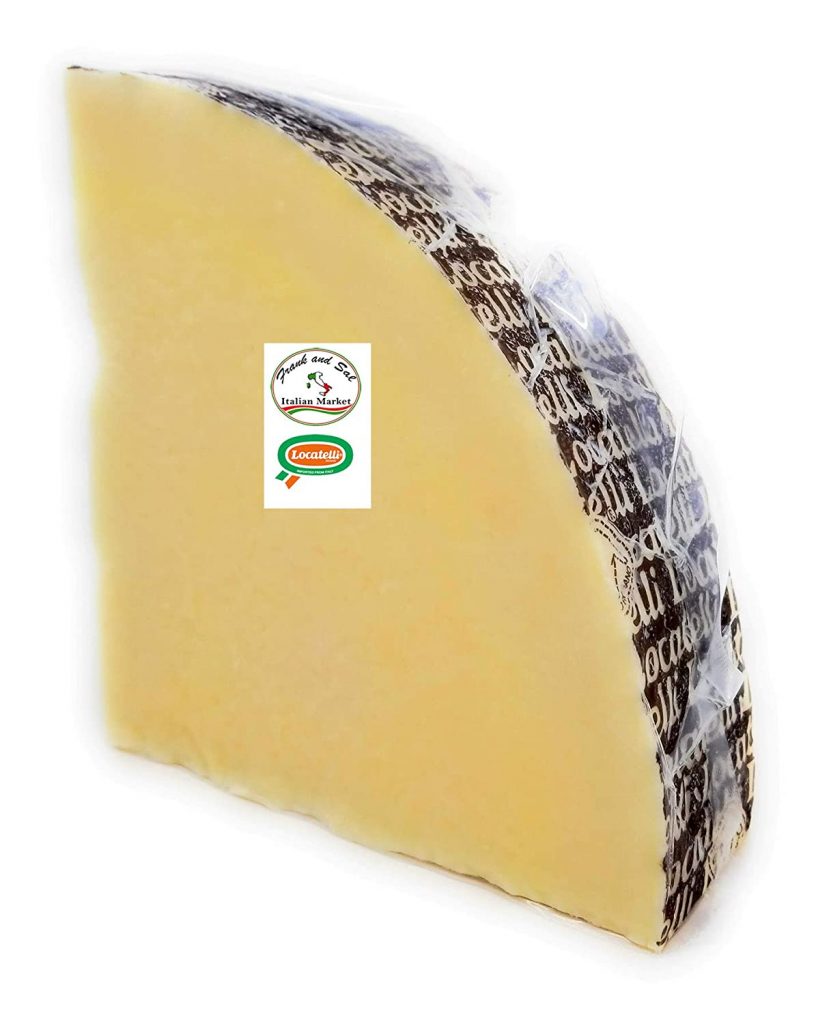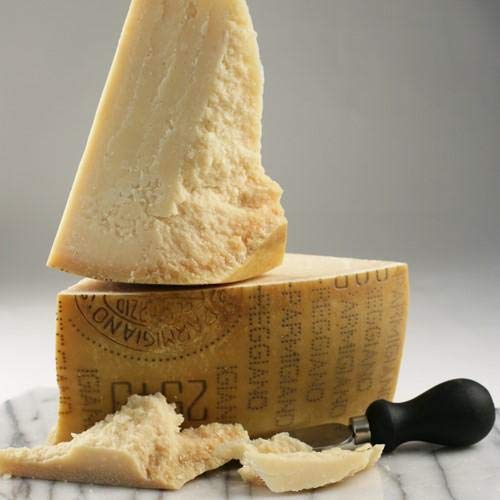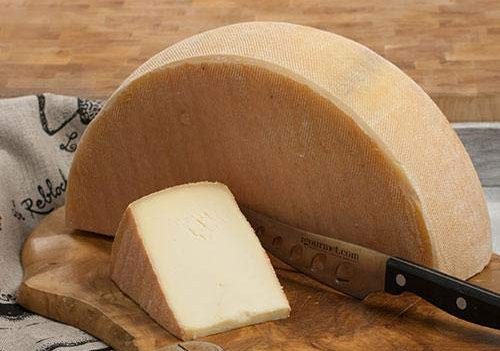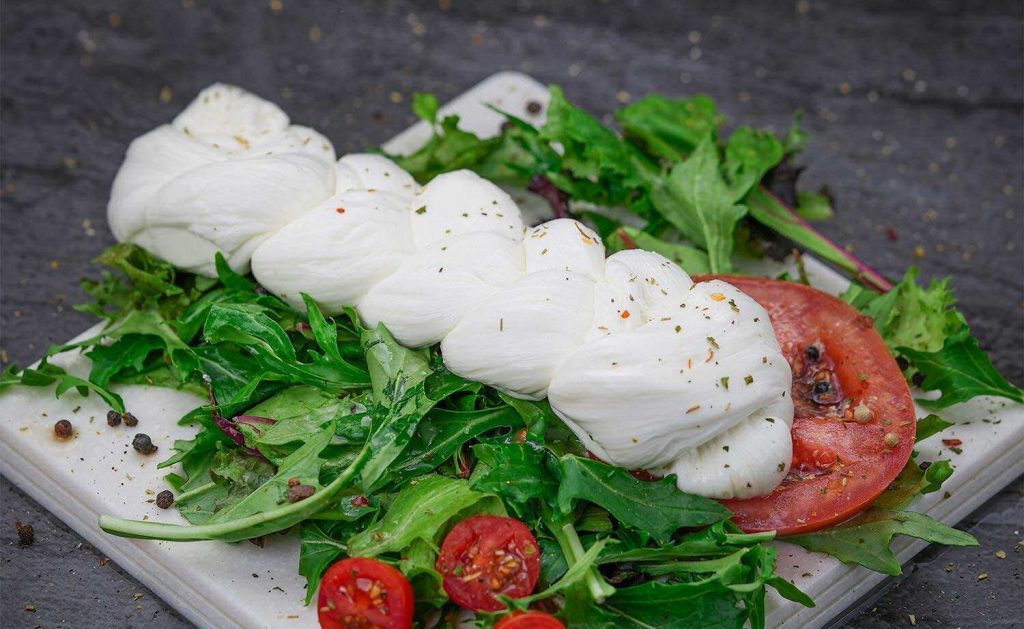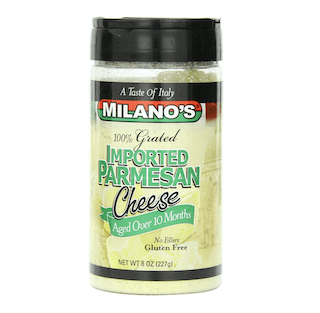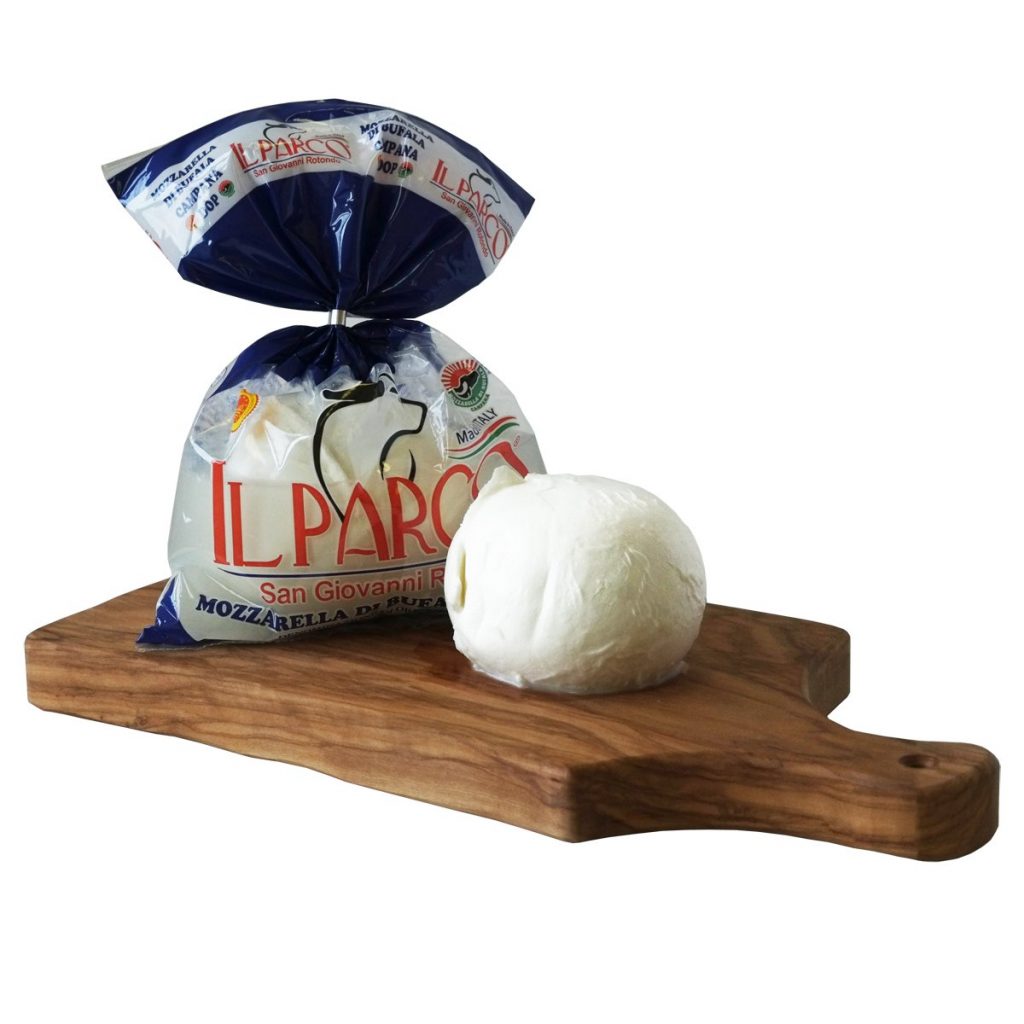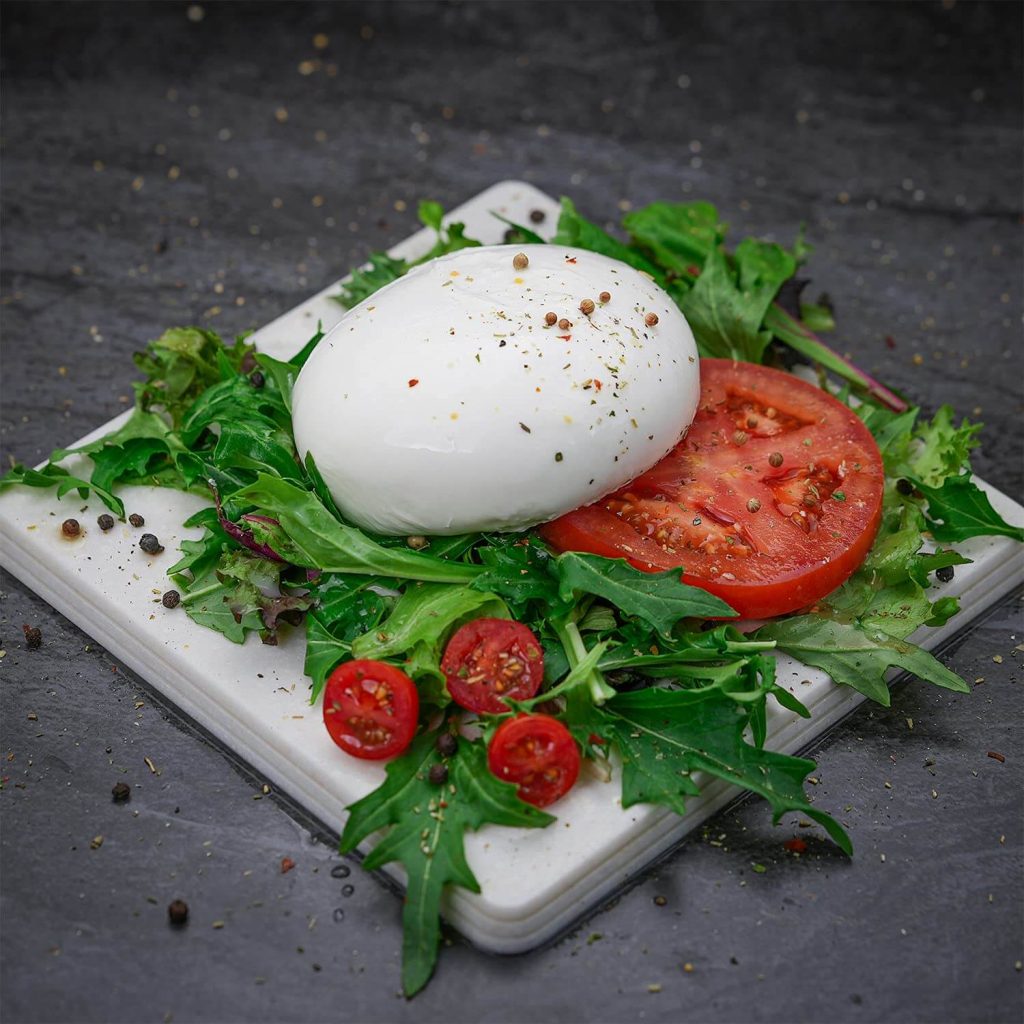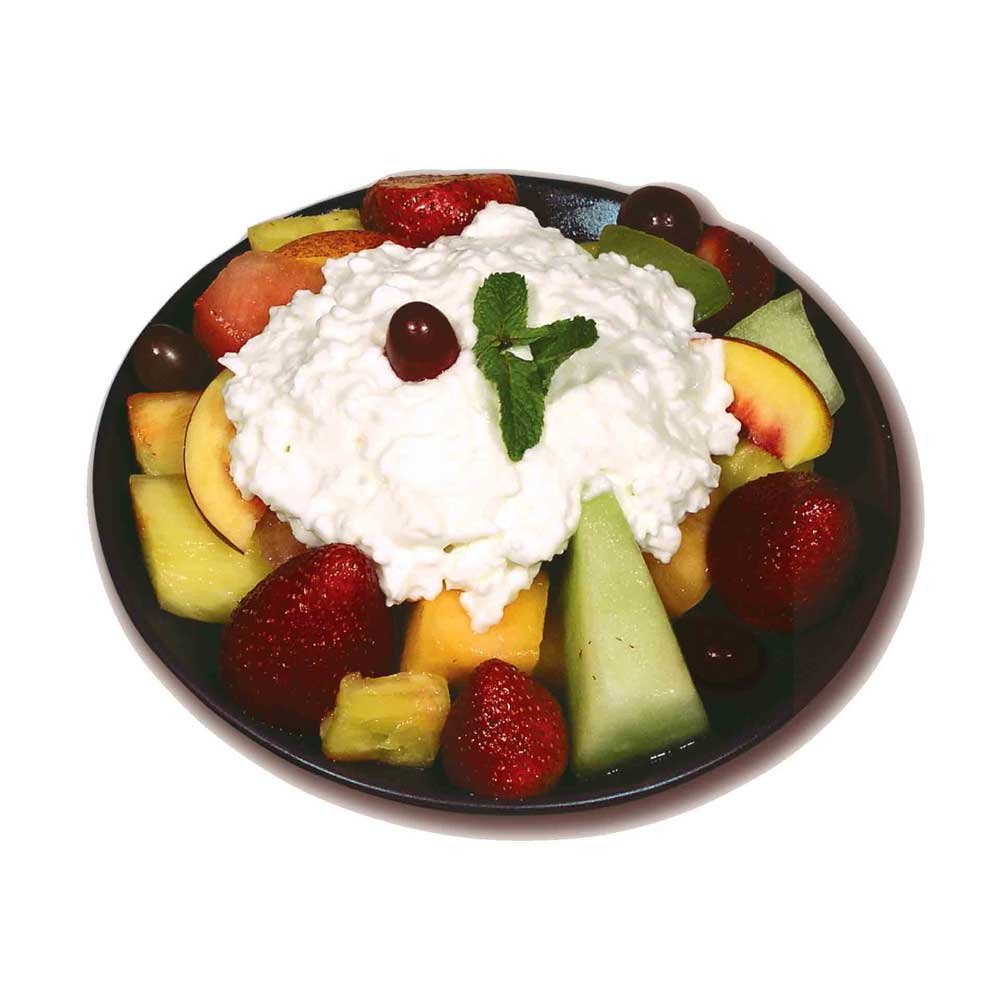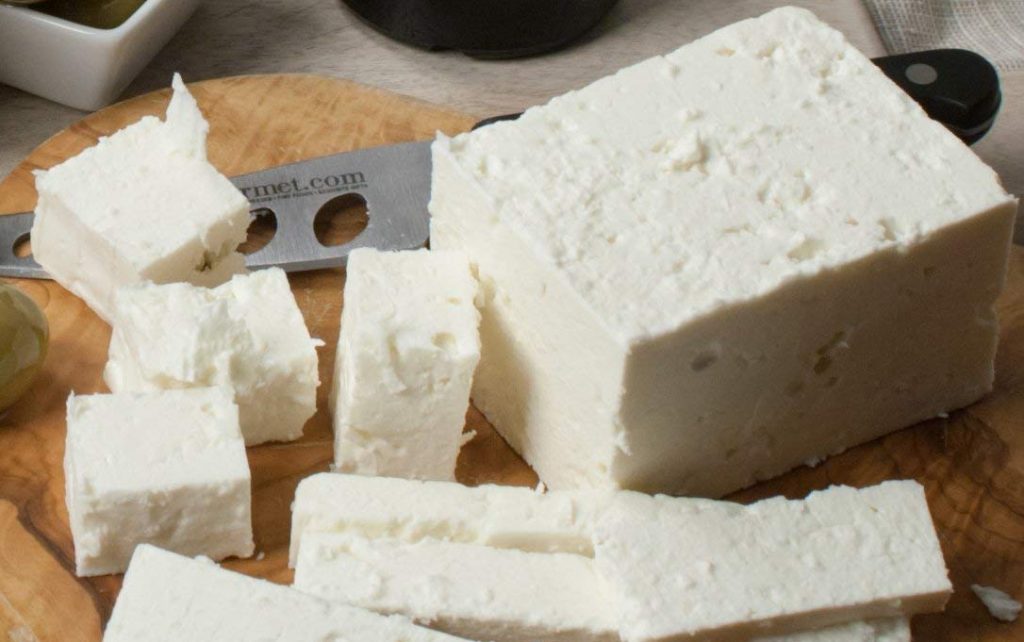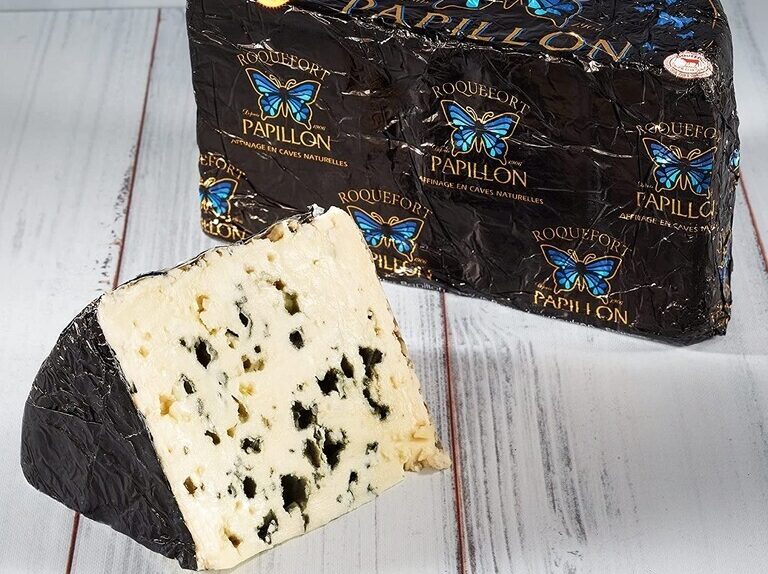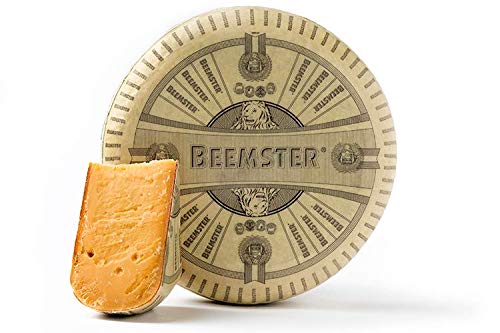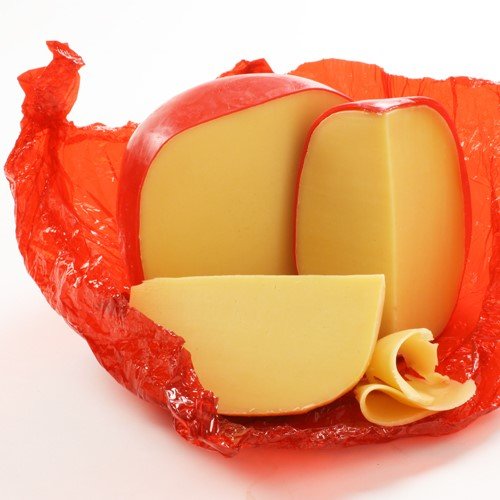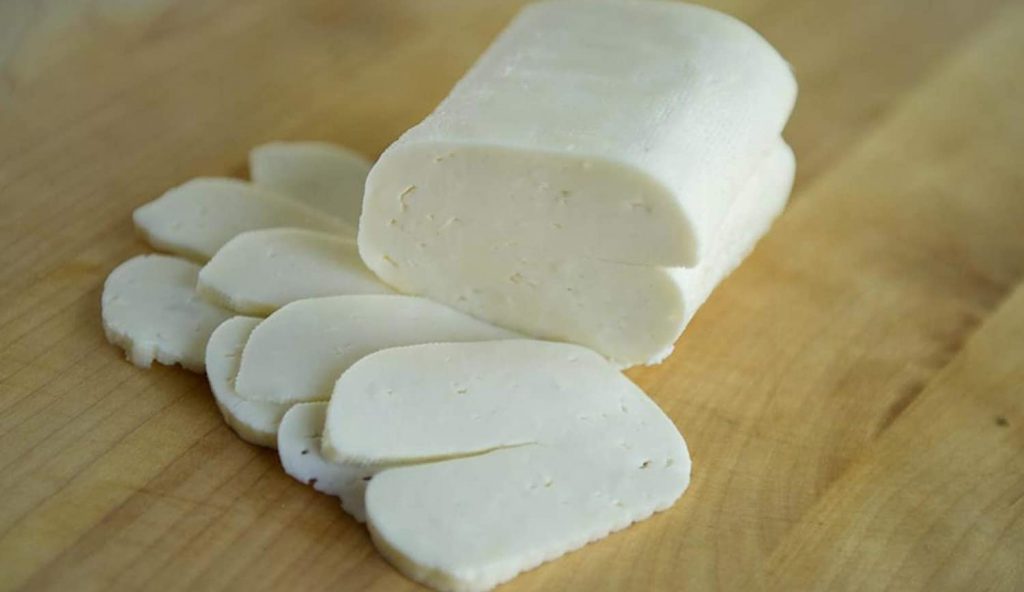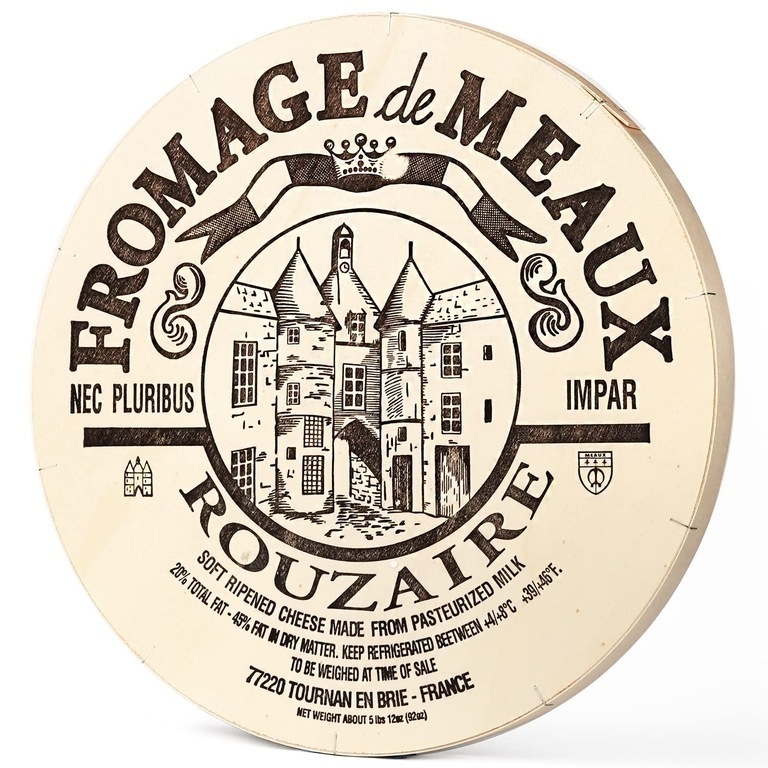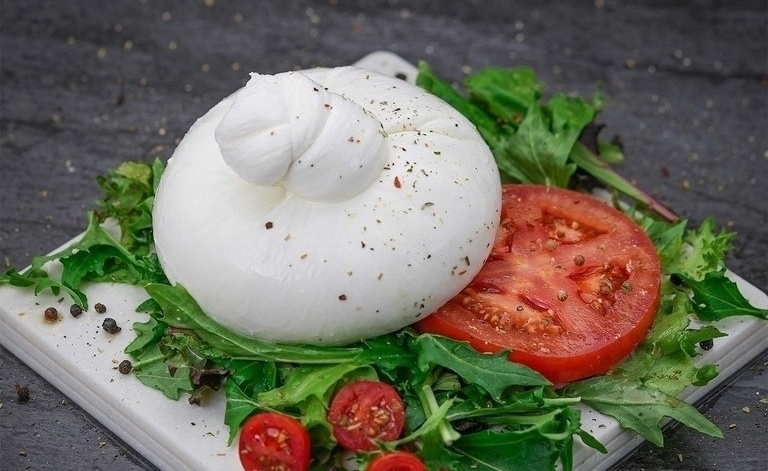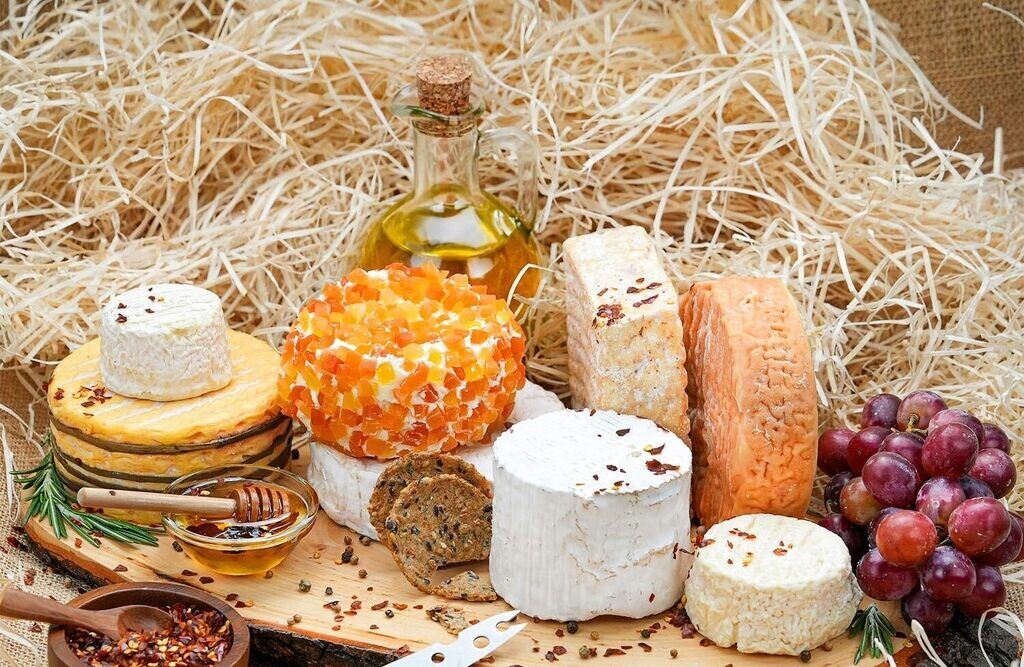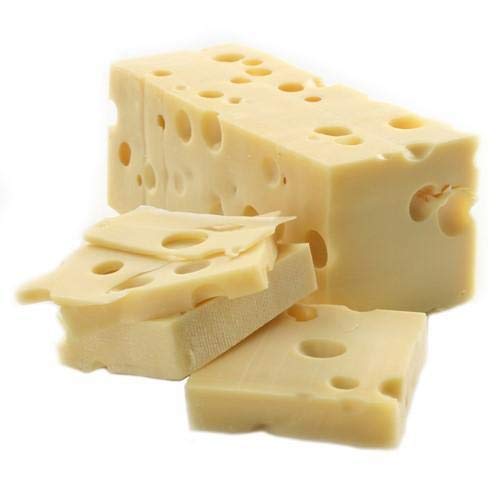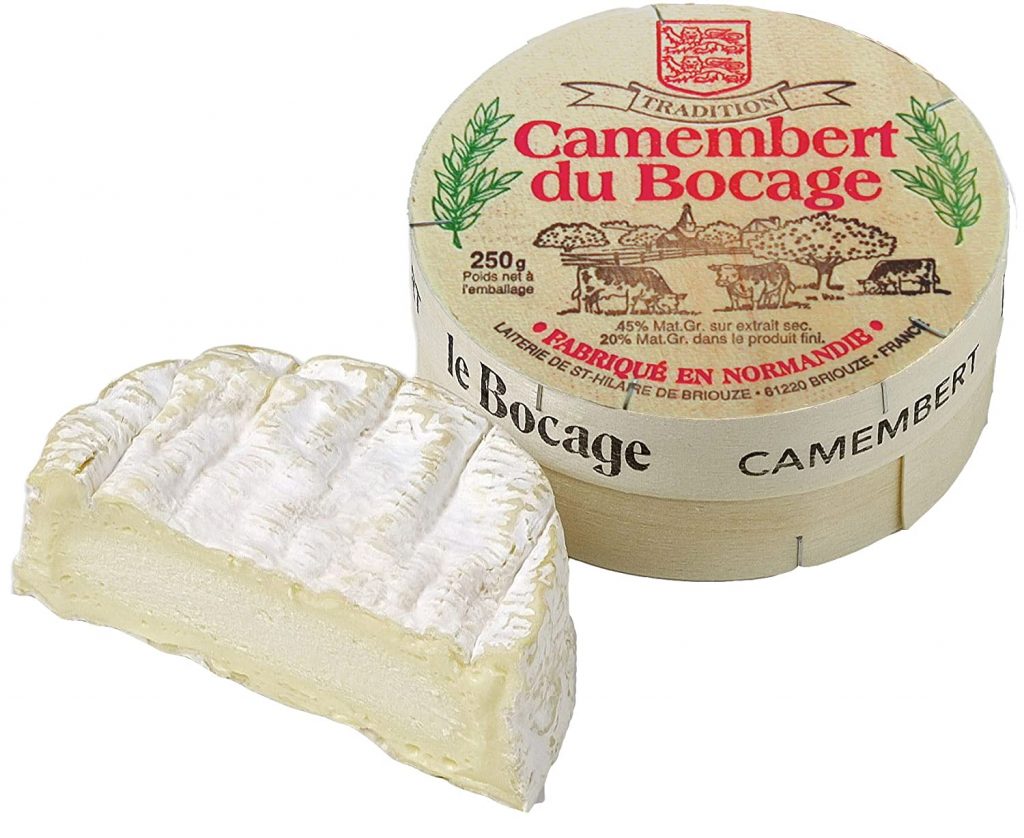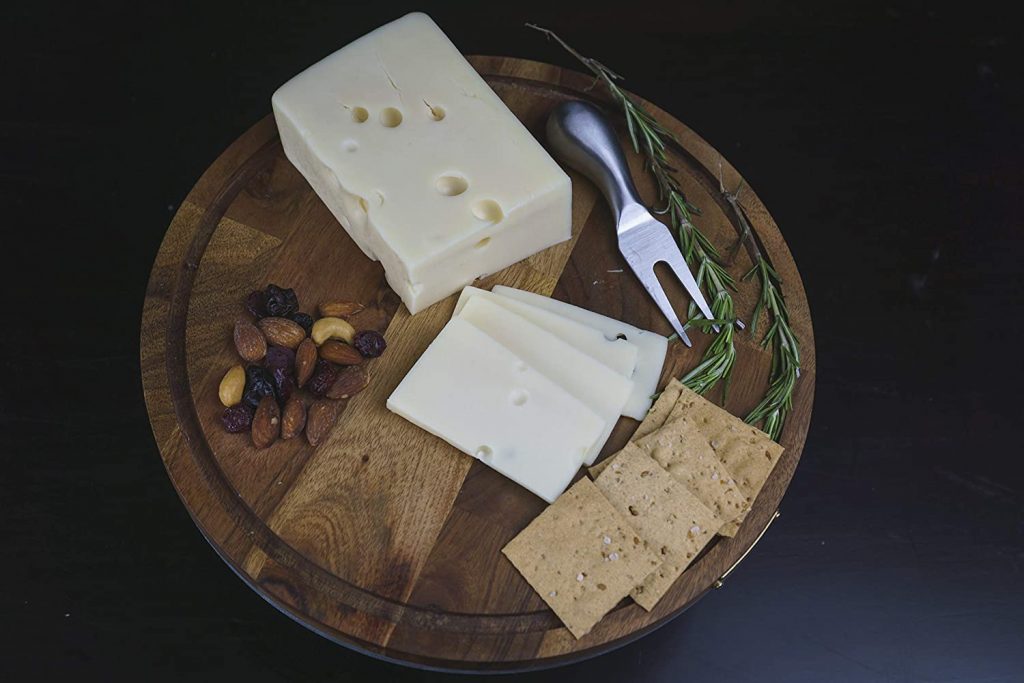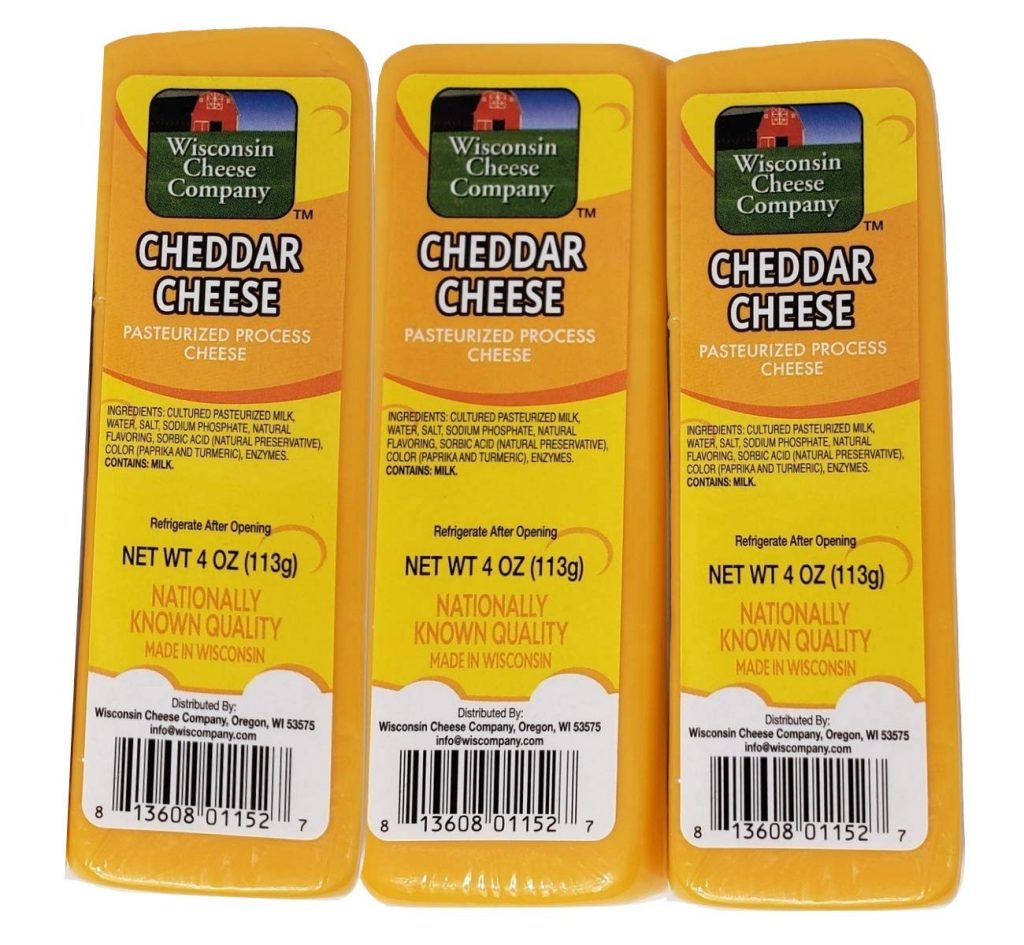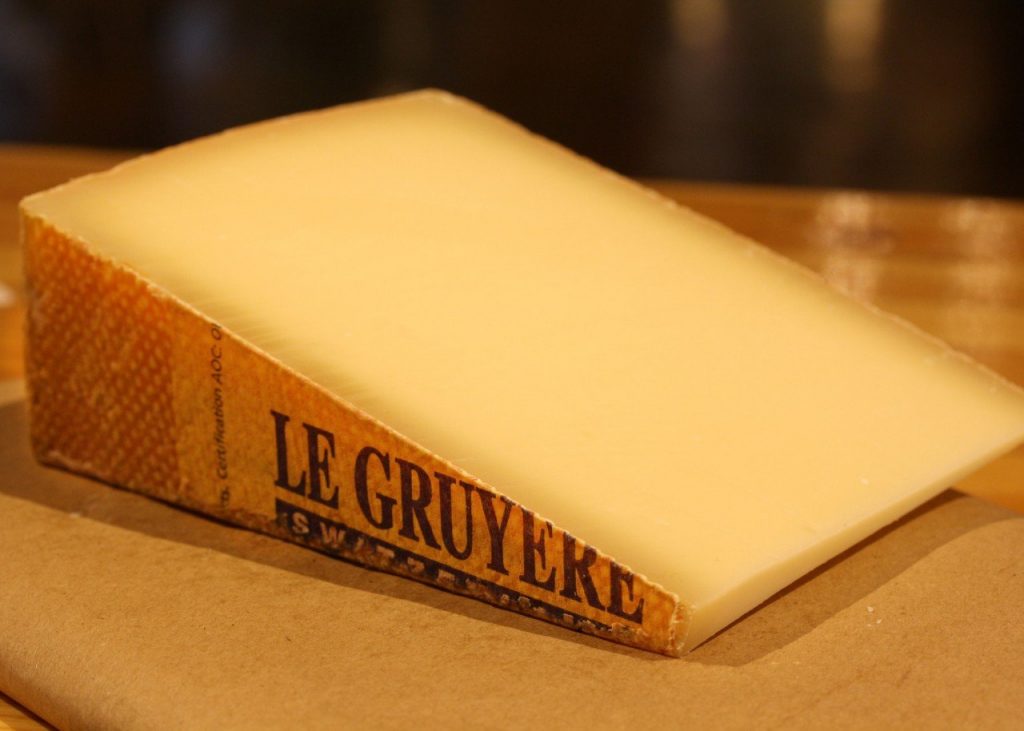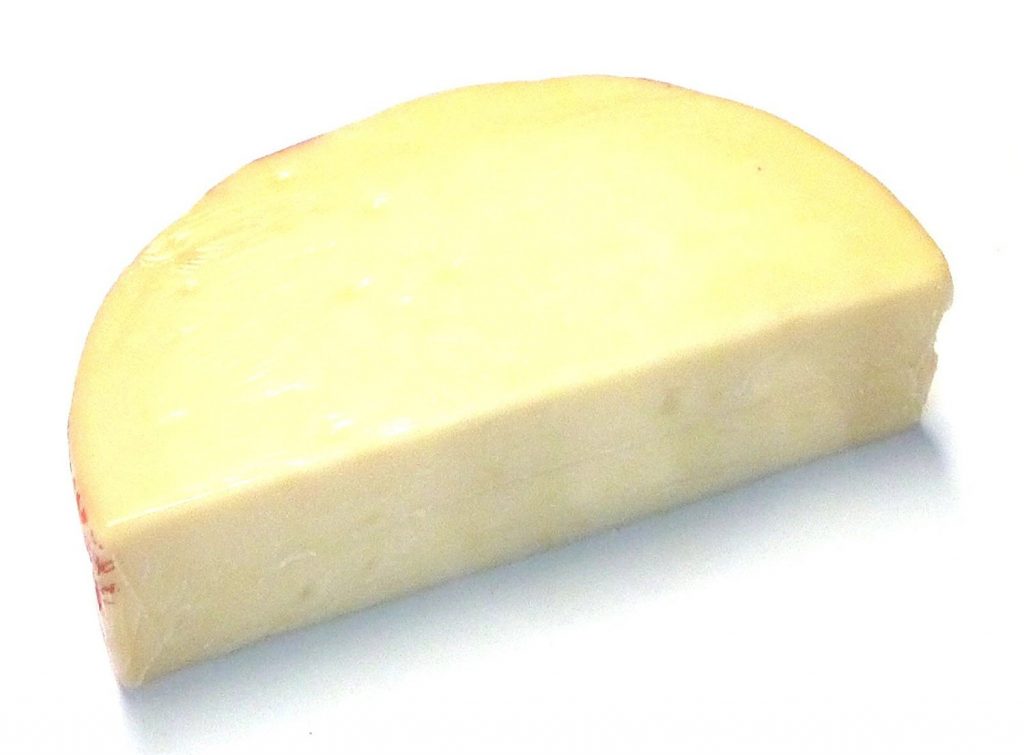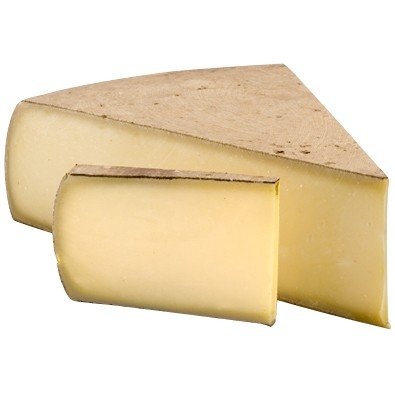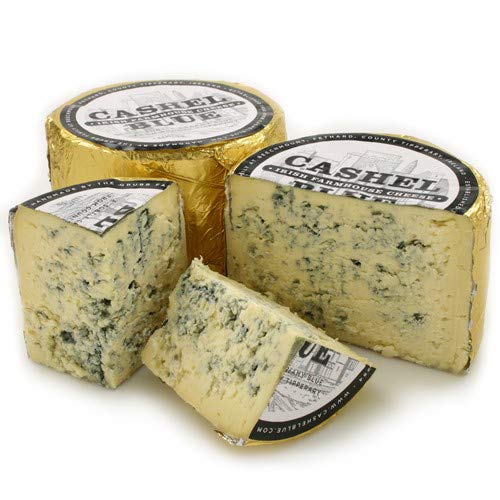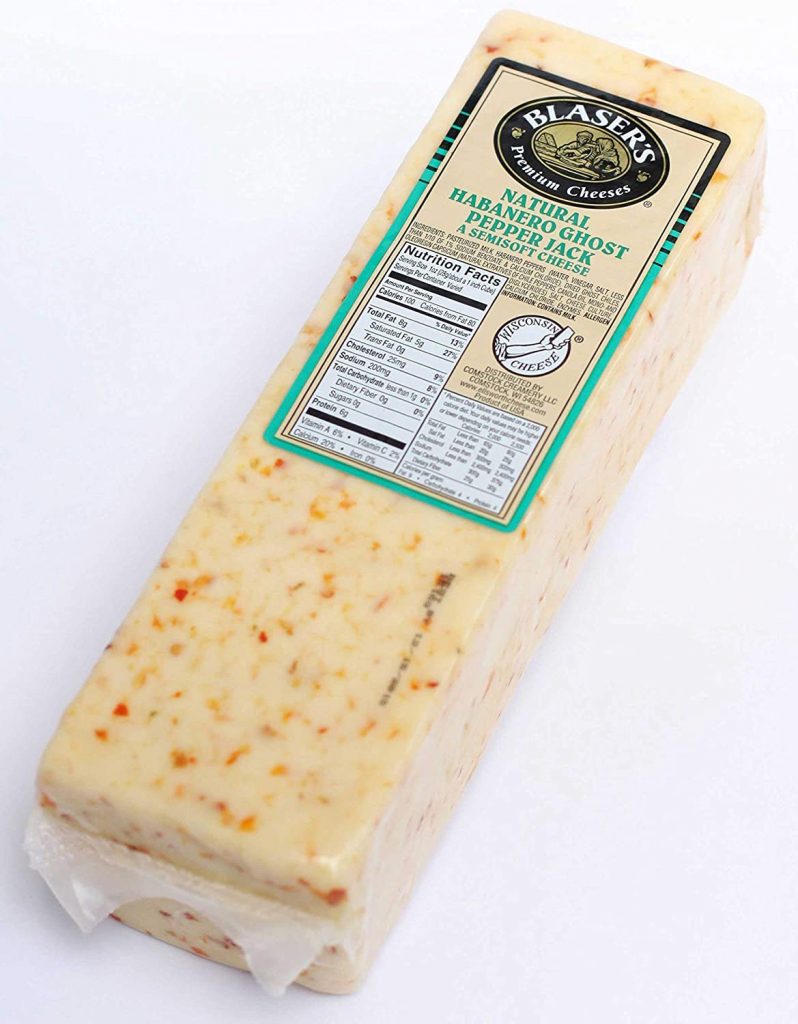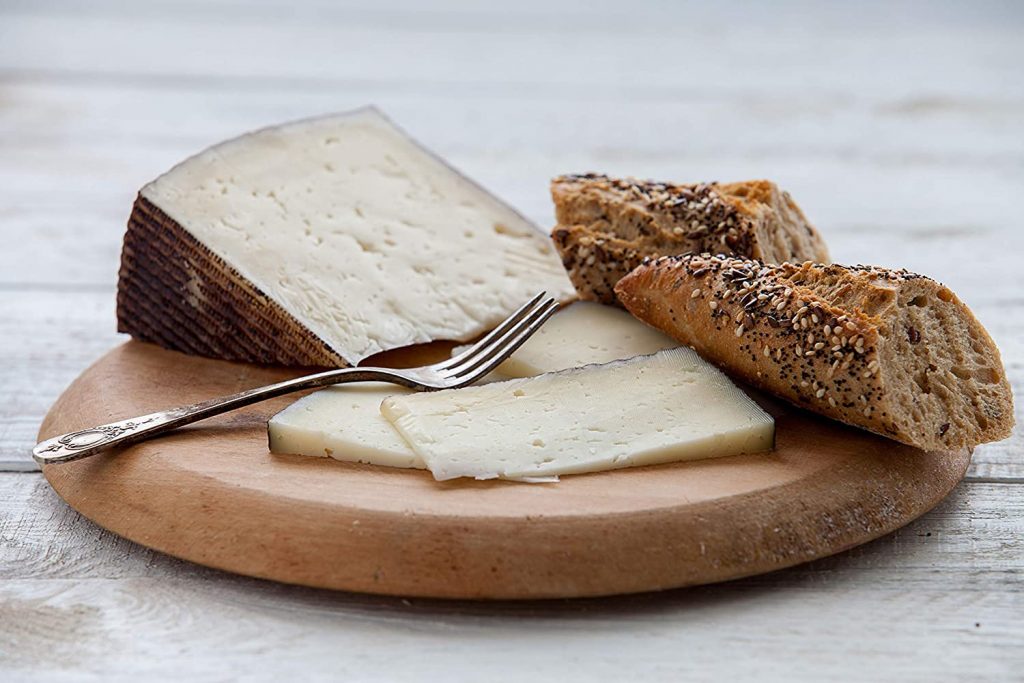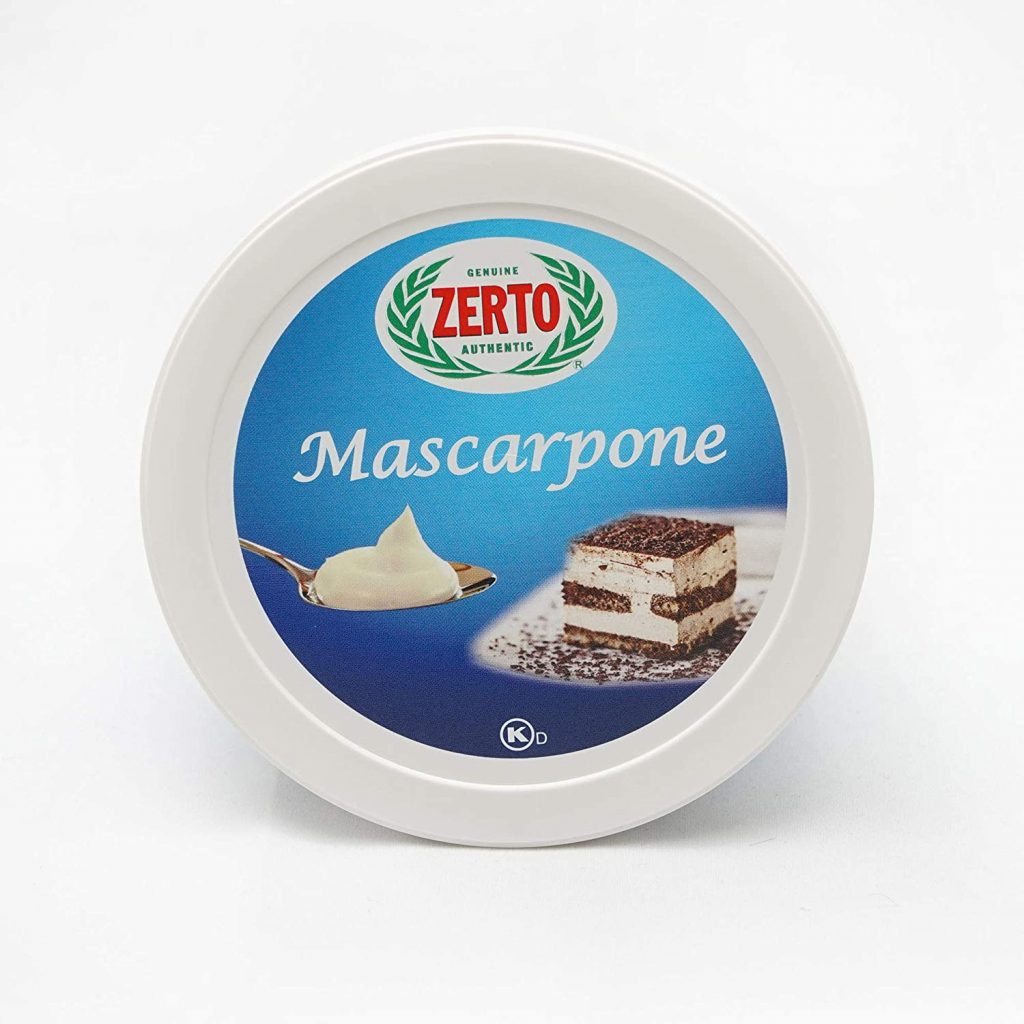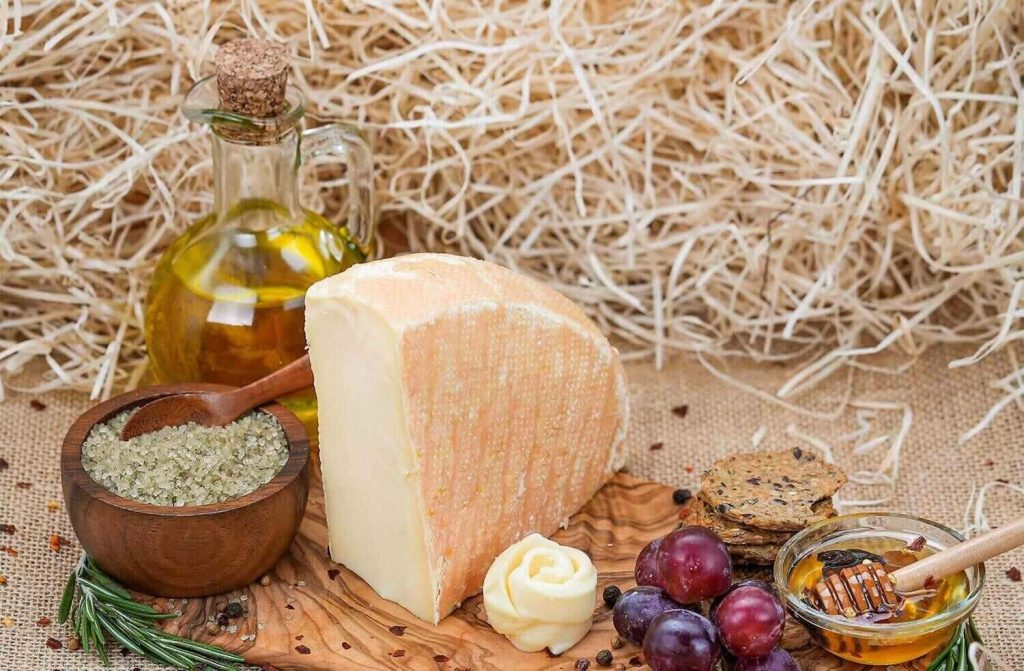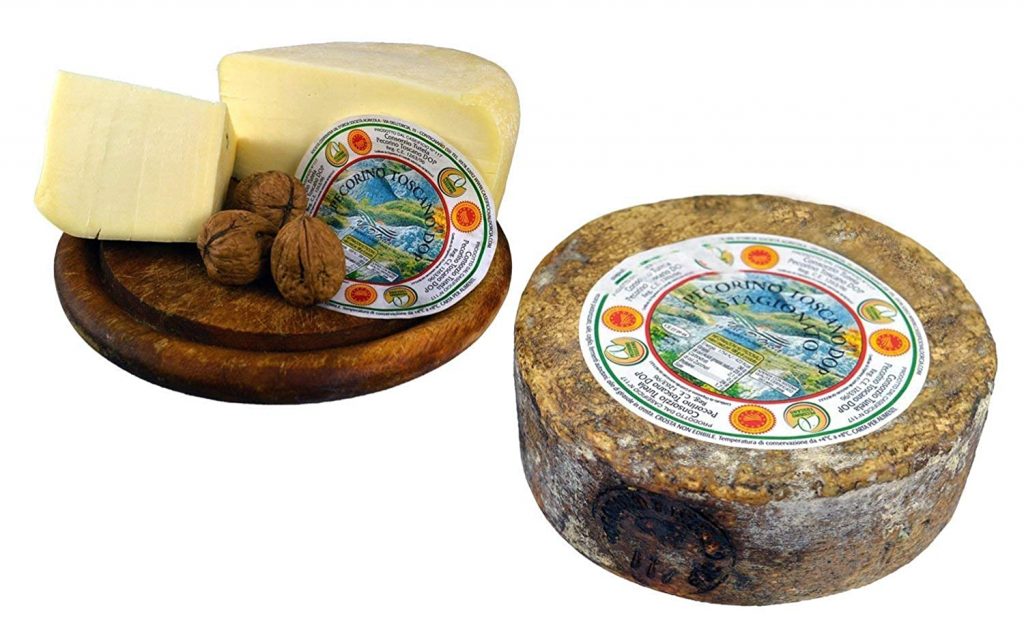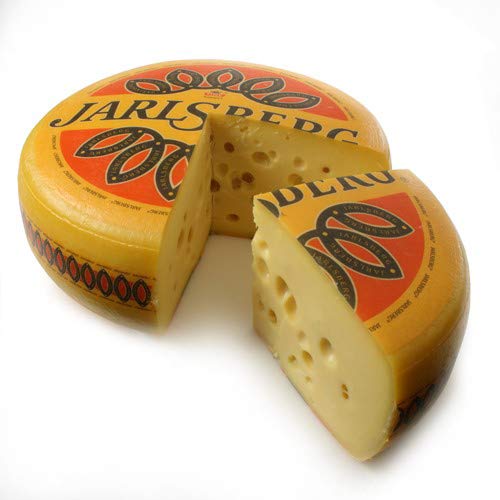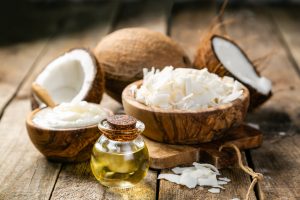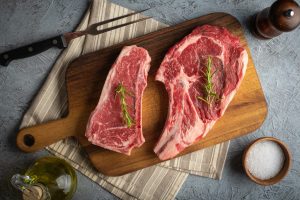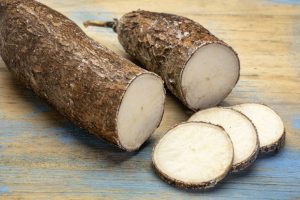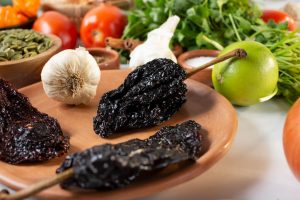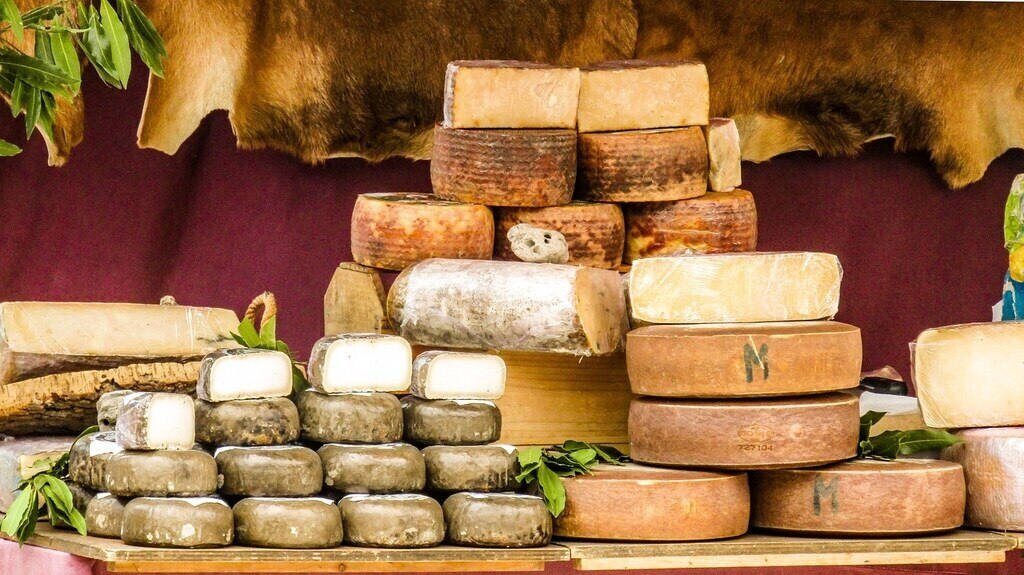
If you’re a true cheese lover, then you definitely have asked for more cheese once or twice from the waiter. We mean, we can’t blame you. It’s that good! Now, for cheese lovers and connoisseurs, the next big adventure does not only lie on the dinner table. You can also find joy in finding the best cheeses the world has to offer.
From the best-known kinds like Parmigiano Reggiano to the most pungent blue cheeses like Roquefort, the feel-good effect of this food is a business we take seriously. And don’t even begin on how we choose the cheeses to include for our charcuterie board! It’s a challenge we will gladly take on.
However, among all the types of cheese, it’s not surprising even the most ardent foodies are still on the lookout for their top ten favorites. If you’re one of them, hop on and learn more types you can try on your next food adventure!
Did You Know?
There are more than 1,800 different types of cheese in the world!
30 Best Cheeses According to Cheese Connoisseurs
Can’t go around the world to look for the best cheeses out there? Not to worry. In the meantime, make do with our list of best cheeses ranked by cheese connoisseurs. We’re sure you’ll be filling those top favorites in no time!
1. Pecorino Romano
Even beginner cheese lovers know this very famous cheese, and rightly so. Ranked as one of the best cheeses by cheese connoisseurs, this pungent, piquant and hard flaky cheese is a perfect grating cheese for any pasta dish. But of course, nothing beats cacio e pepe. After all, Pecorino Romano is the main ingredient for this simple yet intense pasta recipe.
2. Parmigiano Reggiano
Like Pecorino Romano, Parmigiano Reggiano is another Italian cuisine staple as a table cheese or as a cooking cheese. It’s called King of Cheese for a reason. Its nutty aroma and complex flavor profile also sets Parmigiano Reggiano apart from the rest. Its notable savory, nutty, and fruity taste allows for wide-range use in the kitchen. Thus, solidifying its name even among common households.
3. Raclette
Raclette comes from the French word racler which means to scrape. True to its name, raclette is served by scraping melted gooey cheese directly on a plate of steak and grilled potatoes. You can also enjoy this pungent cheese with vegetables and other cured meats like prosciutto. If you want a true raclette experience, visit Swiss restaurants where raclette wheels are melted beside a fire until bubbly and gooey.
4. Mozzarella
Meet the most popular cheese in the world: mozzarella. At this point, you don’t have to ask why. You automatically think round dough topped with tomato sauce, cheese, pepperoni, and more! Thanks to pizza, mozzarella is popular throughout the world.
Not only does it have superb melting quality perfect for any pizza recipe, but it also offers an incredible cheese pull that pizza patrons love. Its mild and delicate flavor also complements other toppings well. Beyond pizza, mozzarella is a versatile cheese you can add to other dishes.
5. Parmesan
You know Parmesan from your favorite dishes like carbonara and the all-time favorite chicken parmesan. It’s also often associated with Parmigiano Reggiano. But are they the same thing? Actually, no.
Parmigiano Reggiano undergoes a specific process of cheesemaking that follows DOP laws, or Denominazione di Origine Protetta (Protected Designation of Origin in English). Parmesan, on the other hand, is not regulated and is more commercially accessible than its Italian counterpart. Nevertheless, parmesan still packs a lot of flavor that’s a great addition to your favorite Italian dishes, just as well as its Italian cousin.
6. Buffalo Mozzarella
Can mozzarella get any creamier and softer? The answer is a clear and resounding yes—in the name of buffalo mozzarella. It is a supple cheese that sources its milk not only from any buffalo but from Italian Mediterranean buffalo which makes the finest mozzarella. Compared to the well-known mozzarella, buffalo mozzarella is creamier, softer, and has a more complex flavor profile.
7. Fior di Latte
Though sometimes confused together, fior di latte or flower of milk is completely different from mozzarella. But it is a cheese that follows mozzarella-style cheese making. The difference lies in its ingredients. Fior di latte uses fresh cow’s milk instead of water buffalo.
8. Cottage Cheese
Reminiscent to ricotta, cottage cheese has a vague origin. But one thing is clear, this cheese has a versatile use in the kitchen thanks to its mild and creamy flavor that fits all kinds of cooking styles.
This versatile cheese can be added to desserts like this cottage cheese pie or savory gratin recipes. Add to that, we also gloss over that it’s low-fat. So it’s easier to sneak it in in any diet. For this very reason, cottage cheese deserves a spot on every cheese lover’s list of best cheeses.
9. Greek Feta
Greek feta, not to be confused with feta-style cheese, is a DOP cheese that’s been aged for two to six months. Its mildly acidic aroma, milky, tangy flavor and soft, crumbly texture suit well with salads like this authentic Greek salad recipe.
10. Roquefort
Roquefort is notably one of the world’s best-known blue cheeses. And just like Parmigiano Reggiano and Greek feta, its name is protected by law. Again, it must be made and aged in a specific region. In this instance, this cheese is specifically made from unpasteurized sheep milk that’s been aged in the Combalay caves of Roquefort-Soulzon in France.
Does Roquefort stink? They do! All cheese does, except for a select few. Roquefort has a very strong pungent smell that stays with you if you ever come near it. So, is it worth trying? Of course. It’s good for snacking along with pears, figs, crackers, and a bottle of whisky.
11. Aged Gouda
It’s no surprise that cheese gets better with age. But even more so with Gouda which is probably the reason why there’s a second variety called Aged Gouda. As it ages, it becomes harder and darker. The flavor also becomes stronger with an aroma that’s dense and springy. It becomes nutty and buttery suited for dishes such as this fried mac and cheese recipe and even chili con carne.
12. Edam
Edam might sound foreign to some, but we bet you can recognize this red round cheese because of its rind made of paraffin wax. That’s right, we’re talking about queso de bola (a common moniker used in former Spanish colonies) and Babybel (a brand of cheese products in the United States). Edam is what you call a snacking cheese. It’s best paired with cheese fruits like pears and apples, along with bread and crackers.
13. Halloumi
Halloumi is a popular meat substitute for vegetarians. Compliments to its high melting point, halloumi can be grilled and fried without melting. For that, it’s also categorized as one of the best cheeses for its versatility in the kitchen. As for the smell, don’t be surprised if it’s as pungent as other blue cheeses!
14. Brie De Meaux
Here’s some news you should hear: Brie De Meaux is different from Brie you often find in the US market. Like most law-protected cheeses in Italy and France, Brie made outside the Brie region in France is barely the real deal. The real Brie has a refined, more elegant flavor than the generic kind. It also has a softer texture that pairs well with morsels found in a charcuterie board.
15. Burrata
Now, this cute cheese pouch resembles buffalo mozzarella in appearance as well as texture on the outside. But they are different. Burrata features a thin layer of a solid cheese case. Open the cheese case and you’ll find a soft, buttery cream that goes well with this strawberry burrata salad and other Italian dishes.
16. Époisses de Bourgogne
It doesn’t look like it, but Époisses de Bourgogne (or simply Époisses) is classified as a stinky cheese. It’s said to have a very strong, funky sausage smell. And speaking of sausage, it’s also one of the few best cheeses that come with a meaty flavor.
With undertones of salt, butter, and sweetness, this cheese has a perfectly balanced flavor perfect for crusty bread. The contrast in texture between the meltingly soft cheese and crusty bread is a harmony every cheese lover craves during snack time.
17. Emmental
This cheese is probably familiar to you from its countless appearances in cartoons. Yes, the “cartoon cheese” you see in Tom and Jerry is this Swiss-type cheese known as Emmental.
Also called Emmentaler and Emmenthal, this cheese has a sweet flavor with undertones of ripe fruit and hazelnuts. Its semi-hard to hard texture is also easy to grate for dishes like easy cheese fondue with eight ounces of Emmental cheese.
18. Camembert
Lined up as one of the best cheeses in the world is this Camembert cheese that rivals another famous cheese, Brie. Camembert is described as earthy, nutty, and almost Brie-like. However, Camembert has a stronger, more intense flavor and aroma. It’s also more earthy compared to Brie.
19. Swiss Cheese
If you want to give Alpine cheeses a shot, try their most famous one yet: Swiss Cheese.
This one greatly resembles Emmental cheese. And for a reason too. They’re both Swiss-type cheeses or Alpine cheese. Like Emmental, Swiss Cheese also features a semi-hard and firm texture with holes. Swiss Cheese is milder and has a more nutty taste.
20. Cheddar Cheese
This widely popular cheese is only second to mozzarella when it comes to popularity in the U.S. And it comes in many varieties too. Some of the few you can find in the U.S. are mild, white, extra sharp, sharp cheddar, New York-style, and Vermont.
No matter the type though, you can always count on cheddar cheese to incorporate savory, salty, and rich creamy taste in your mac and cheese and nacho cheese sauce.
21. Gruyère
Many of the best cheeses out there have varying flavors depending on their age, and Gruyère cheese is one of them.
Gruyère at its young age has a distinct creamy and nutty flavor. As it gets old, the nuttiness gets stronger and it tastes somewhat earthy while still maintaining the saltiness, with a strong, earthy and pungent aroma.
Celebrated for its rich creamy taste, this cheese is well-suited for gratins like in this potatoes au gratin recipe.
22. Provolone
Provolone is another cheese that gets better as it ages. Even so, mild or sharp, provolone proves it’s just as good as Emmental and Cheddar as a snacking cheese and melting cheese. Therefore, it can be put to almost anything with cheese like casseroles, sandwiches, pasta, and more.
23. Comté
Comté is an underrated cheese that people often overlook in favor of the American-made parmesan. But Comté is one of the most popular cheeses in France. It rivals the popular Swiss-made cheese, Gruyère, in terms of texture and flavor.
However, Comté has features others might not like: the more it ages, the more its flavors become bolder and stronger. Aging Comté renders it a more fruity, spicy, and nutty flavor that’s perfect for desserts and savory dishes. Interestingly, its smell resembles that of fresh butter or caramel and even hazelnuts.
24. Cashel Blue Cheese
If you’re an ardent cheese lover, then you’ll love blue cheese! And for cheese lovers and cheese connoisseurs, no charcuterie board is complete without this stinky cheese. But don’t be fooled! Depending on the variety, blue cheese is actually a creamy cheese you can add to your dessert like this blue cheese cheesecake recipe.
25. Monterey Jack
Does Monterey Jack ring any bells? Together with Colby, this cheese makes another American cheese called Colby Jack (a kind of semi-hard marbled cheese). Monterey Jack on its own is mild and slightly sweet. This semi-hard cheese works well with crackers, apples, pears, and vegetables, pretty much anything on a simple cheese platter.
26. Manchego
When some cheese matures, flavors get bolder and stronger like Comté, Gruyère, and Gouda. For Manchego, it’s the other way around. The flavors become mellow and caramelly, with a smell similar to that of delicious roasted lamb.
27. Mascarpone
Considered as an Italian cream cheese, mascarpone is made using pasteurized cow’s milk or heavy cream along with an acid, like lemon juice or vinegar. The acid will thicken the curd and will prevent it and the whey from separating. Once it thickens, the cheese achieves a creamy texture that’s well suited for desserts such as cheesecakes, tiramisu, and tarts from which it is often associated.
28. Saint-Nectaire
When one thinks of cheese boards, people would count on mozzarella, Brie, and cheddar. Saint-Nectaire is somewhere on the last page, sometimes even non-existent. But little do they know that it’s actually a good cheese for snacking, with an aroma similar to that of ripe nectarine!
29. Pecorino Toscano
Characterized as sturdy, nutty, with waves of savory and sweet, Pecorino Toscano is perfect for cured meats like mortadella, prosciutto, and salami. Don’t be surprised with its aroma as it smells like fresh grass and herbs.
30. Jarlsberg
Jarslbeg is a cow milk cheese from Norway that’s reminiscent of Switzerland’s Emmental. Like all the other Swiss-type cheeses, Jarlsberg also has a semi-firm to firm texture with high melt-ability that’s perfect for gratins and quesadillas.
How to Pick the Best Cheese
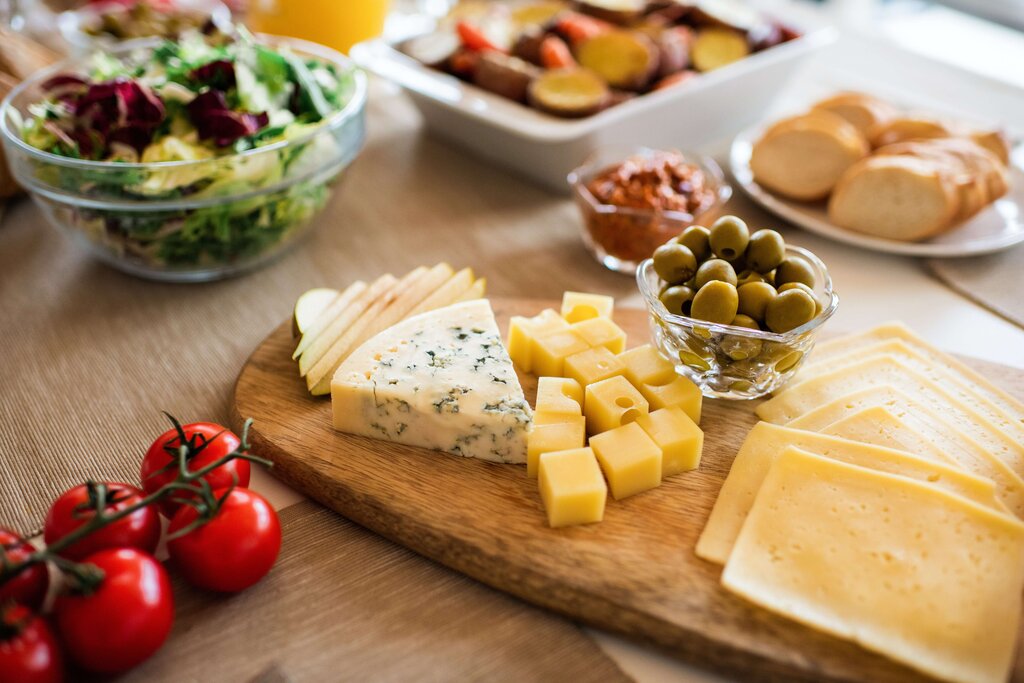
Before we wrap up, we’ll leave you a few small tips to help you get started in picking the best cheeses.
The first tip: don’t buy thoughtlessly! Ask your local cheesemonger for samples and information about where they came from. You should also learn if the milk is pasteurized or not.
Next, use your nose. Then, close your eyes and taste with your tongue. Savor the flavors in your mouth. Lastly, ask yourself this: does it have the balance of flavors that I want?
Now that you know the essentials, you won’t be as clueless as when you first ventured on your cheese adventure. With a few tips and complete cheese descriptions above, we’re sure by now you have a favorite in mind!
Was this page helpful?
Read Next: 15 Best Non Alcoholic Beer Brands to Try This 2022
Odette
Odette is a content writer and proofreader by day, and living her inner artist as a poet and singer by night. She's also a former member of a publication who she now mentors from time to time. She likes how sharing a tiny bit of her life and her journey can help others in return. And because she is a curl embassador, she finds joy in empowering fellow curlies to embrace their natural curls. She also loves doing random acts of service to people she loves by cooking for them during her free time. This girl loves anything pasta and French cuisine though she just went through her Japanese and Korean cuisine phase.
